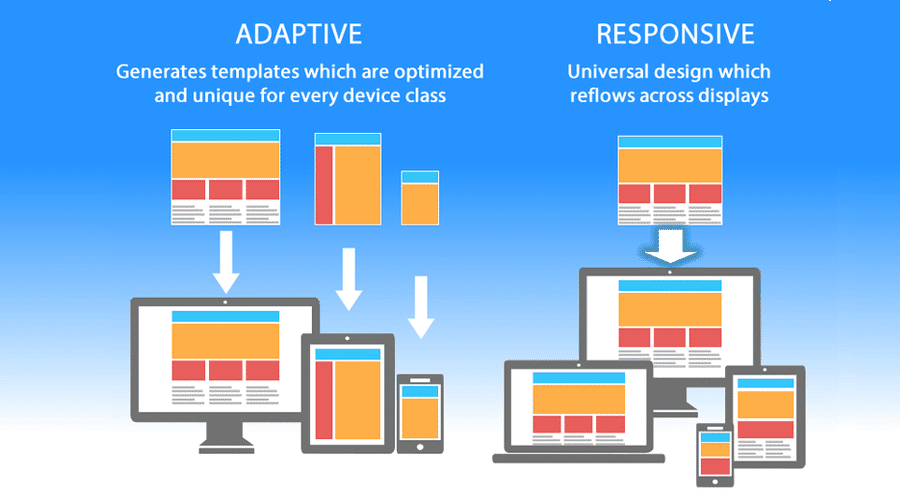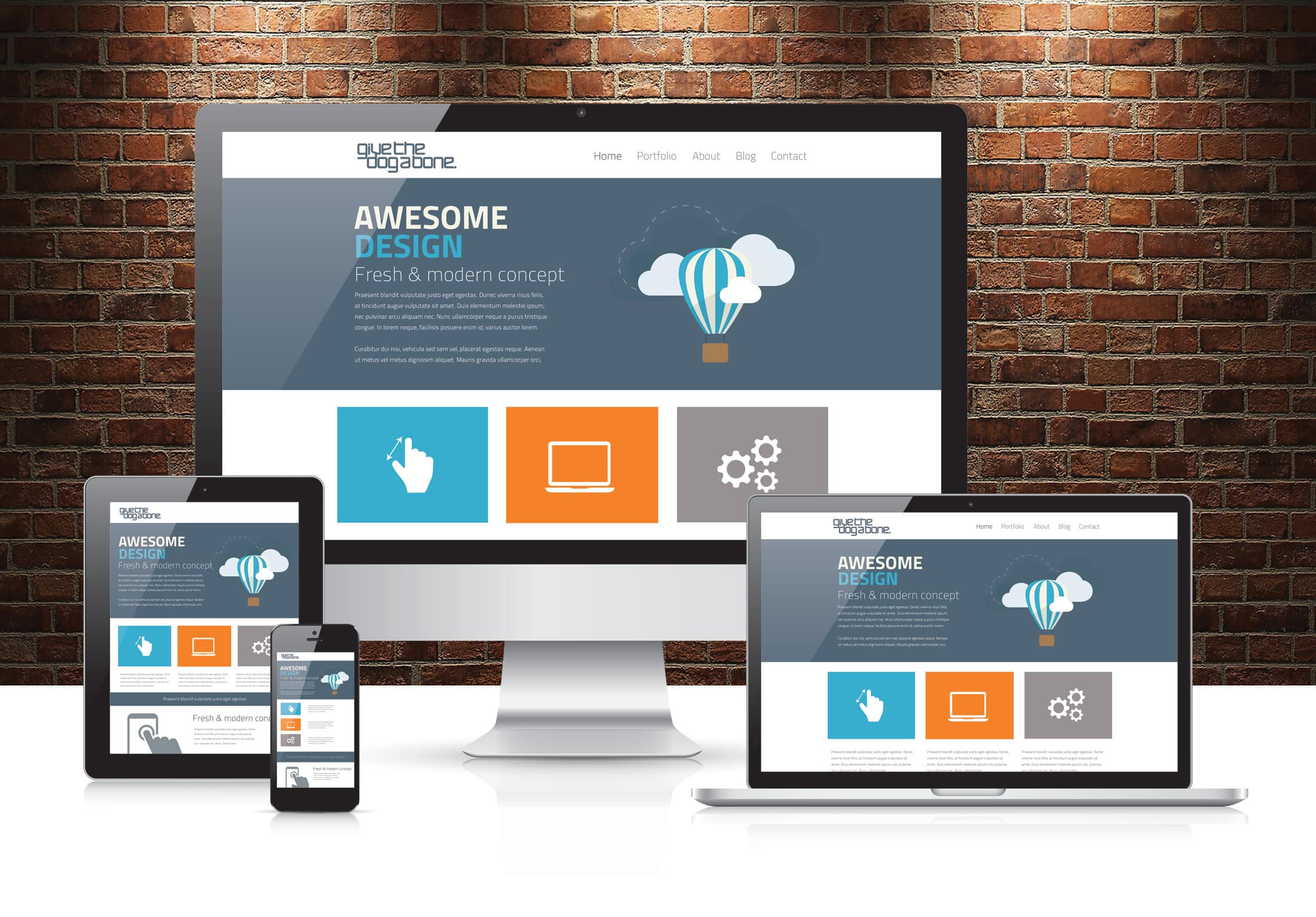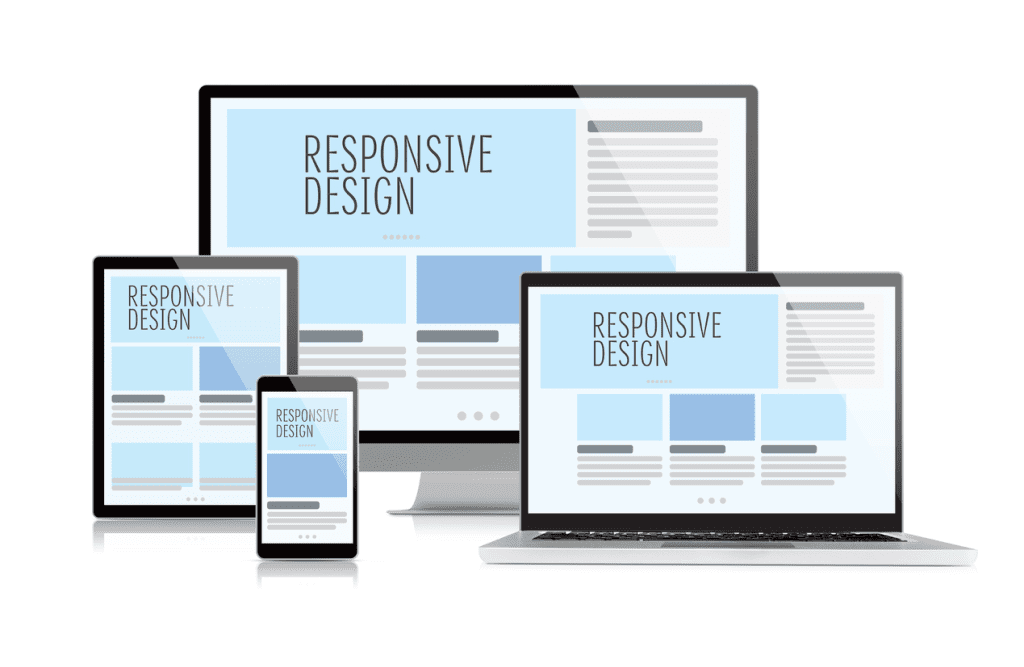**Responsive Web Design** is not just a technical term; it’s a vital strategy for success in the ever-connected digital world we inhabit. In a time where consumers are increasingly accessing websites from mobile devices, understanding the importance of responsive web design becomes critical for businesses wishing to thrive. This innovative approach allows your site to adapt seamlessly, ensuring a positive user experience that is both engaging and mobile-friendly. With responsive design at the forefront, companies witness a remarkable array of benefits, from improved SEO and increased conversion rates to cost efficiency. In this article, we will delve into the world of responsive web design, highlighting its significant role in enhancing user interaction and overall business success.
Also referred to as adaptable web design or fluid web design, **Responsive Web Design (RWD)** encompasses a dynamic methodology aimed at creating a seamless browsing experience irrespective of the device used. This design philosophy emphasizes flexibility, allowing websites to respond intelligently to different screen sizes and orientations, thereby ensuring optimal viewing for all users. By embracing this progressive approach, businesses not only elevate their online presence but also enhance accessibility, thereby attracting a diverse audience. In an era marked by constant technological advancement, such adaptability is essential for maintaining user satisfaction and driving traffic, ultimately leading to improved SEO rankings and higher engagement. Let’s explore how employing this flexible design framework can transform your digital footprint.

The Essence of User Experience in Responsive Design
In the realm of the digital universe, user experience reigns supreme, a guiding light in the labyrinth of websites and clicks. Imagine, if you will, a world where each visitor feels as though the website welcomes them personally, regardless of their device. The notion of user experience isn’t just about functionality; it’s an art form. Statistics reveal that a staggering 85% of users will instinctively drift away from a site that doesn’t cater to their mobile needs, seeking refuge elsewhere. Thus, responsive web design emerges as a crucial element, crafting a tapestry of seamless interactions that captivate and retain users.
A website that reflects quality user experience communicates reliability, trust. The tactile satisfaction with a swift, flowing navigation transforms casual visitors into loyal customers. This isn’t merely a fleeting relationship; it’s about building a community where every click is encouraged and every tap leads to a fresh discovery. With responsive design, the narrative unfolds beautifully, like a finely tuned symphony, where each note resonates with the user’s desires, enhancing engagement and prolonging interaction.
SEO Advantages of Embracing Responsive Web Design
In the sprawling landscape of the internet, search engine optimization (SEO) stands as the undisputed champion of visibility. As Google sets the stage for digital presence, it has woven mobile-friendliness into the very fabric of its ranking algorithms, influencing how businesses are seen by the eye of the beholder—the user. By embracing responsive web design, one builds a bridge to increased search engine rankings, paving a golden path for organic traffic to pour in like a refreshing spring rain. With a well-optimized, responsive site, businesses can rise through the ranks, dancing gracefully to the first page of search results.
The dance of responsive design is not just about aesthetics; it is the music that draws the audience in. With mobile-first indexing in play, Google prioritizes sites that adjust beautifully across screens, a quality no business can afford to overlook in this competitive era. Each visitor that arrives at your site, guided by the search engine’s invisible hand, symbolizes an opportunity—an untapped potential customer ready for conversion. The synergy between SEO and responsive design creates a robust framework, welcoming users and ensuring the digital doors are wide open.
Cost Efficiency: The Savvy Business Approach
Imagine a world where the complexities of managing multiple websites disappear, leaving behind only a single, beautifully designed portal to the business ethos. This is the compelling allure of responsive web design—a masterstroke in cost efficiency that smart businesses cannot ignore. By consolidating websites into one, businesses save not only on development costs but also in the realms of maintenance and updates. A singular responsive site transforms the overwhelming burden of juggling separate versions into a streamlined operation, where every change echoes throughout all devices, ensuring harmony in content delivery.
The practicality of responsive design extends beyond financial savings; it solidifies a brand’s identity in an age where consistency breeds trust. By presenting a uniform experience across platforms, businesses cultivate an image of reliability, inviting customers to engage without hesitation. Thus, investing in responsive design is akin to planting seeds in well-tilled soil, promising growth that extends far beyond mere numbers—cultivating a sustainable presence in the ever-evolving digital garden.

Conclusion: The Imperative of Responsive Web Design
In conclusion, the brightness of a well-crafted responsive website shines through the fog of digital competition. As we traverse this expansive landscape, it becomes clear that responsive web design is more than just a technical choice; it is a strategic investment in the future of your business. By weaving together seamless user experience and robust SEO strategies, responsive design transforms casual visitors into loyal customers, enhancing engagement and satisfaction, akin to a well-rehearsed symphony. With the rising tide of mobile users, embracing this approach is not just beneficial—it is essential.
To summarize the impact of responsive web design, consider the following key benefits:
– **Enhanced User Experience**: Simplified navigation and faster loading times keep visitors engaged.
– **SEO Advantages**: Improved search engine rankings lead to greater organic traffic.
– **Cost Efficiency**: Maintaining a single website reduces overall costs and simplifies updates.
– **Increased Conversion Rates**: An intuitive design leads to higher user actions and transactions.
– **Future-Ready**: Adaptability to new devices ensures long-term relevance.
– **Efficient Analytics**: Streamlined data collection allows for better understanding and marketing strategies.
The Path Forward with Responsive Design
As businesses forge ahead into the future, the path must be paved with an unwavering commitment to responsive web design. The agile nature of this design approach offers the adaptability needed to cater to a diverse audience, ensuring that your digital presence remains vibrant and inviting. In a world where attention spans are fleeting, a responsive website acts like a warm embrace, welcoming all who venture into its realm. By prioritizing this design methodology, you are not just building a website; you are crafting an experience that resonates with users across all platforms and devices.
Reflecting on the profound significance of responsive design, we can distill it into essential takeaways:
– **User-Centric Design**: Prioritizing users enhances satisfaction and loyalty.
– **SEO Readiness**: Optimized for search engines, responsive sites garner visibility and traffic.
– **Cost-Effectiveness**: One website means reduced overhead and effortless maintenance.
– **Conversion Optimization**: Effortless interactions lead to more fulfilled customer journeys.
– **Adaptability**: Staying relevant regardless of future technology shifts.
– **Data-Driven Insights**: Single data repositories enable targeted improvements and strategy alignment.
In essence, responsive web design is the compass guiding businesses through the tumultuous waters of digital transformation.















